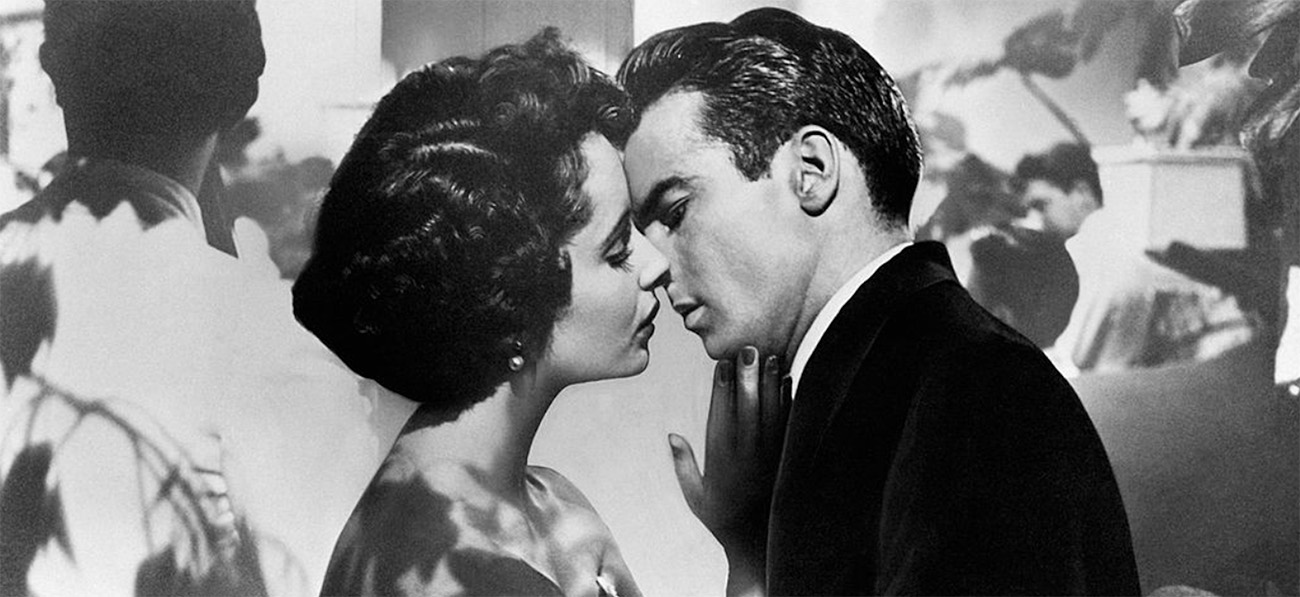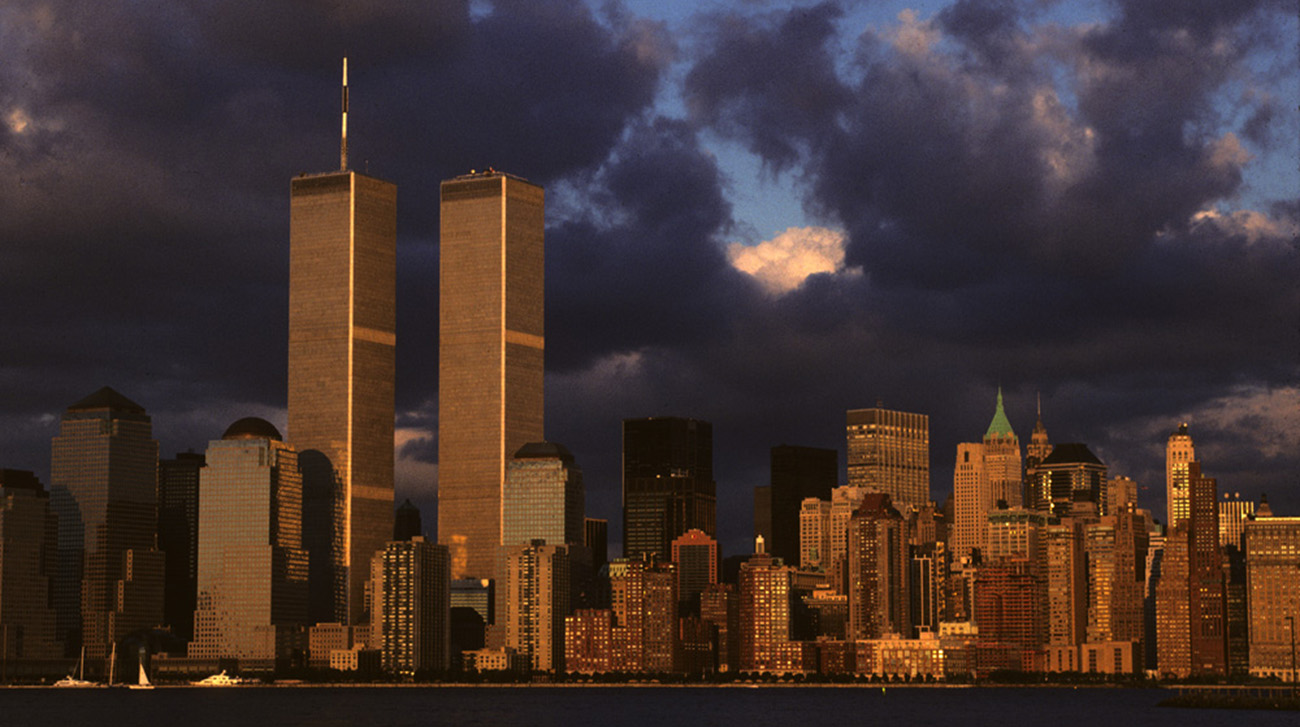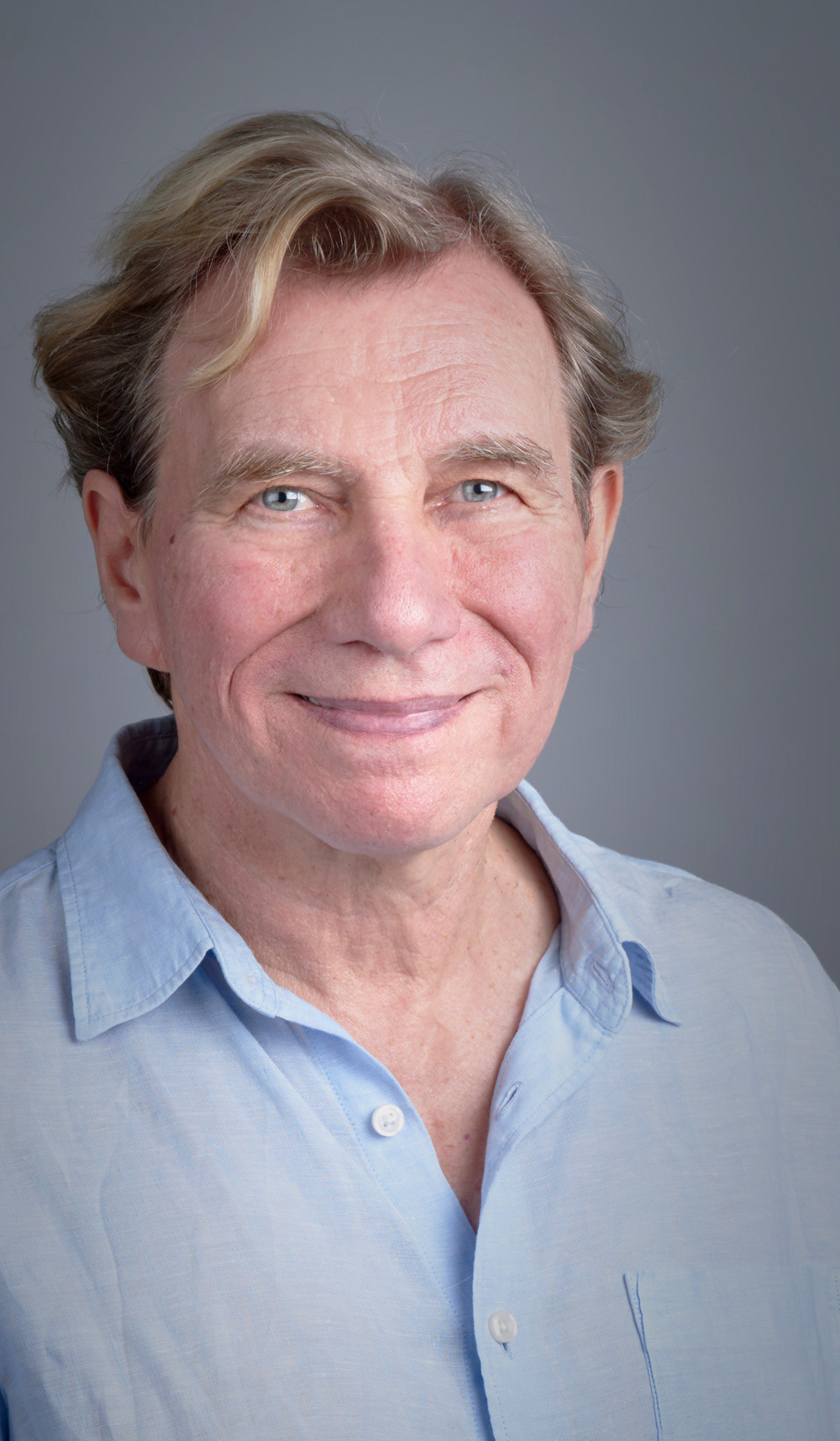Ferrovia, the train station of Venice, is a fascist-era structure built in the 1930s. Wide, low, and faced with plain white stone, it is the only modernist building on the Grand Canal. It’s not a bad building, as fascist-era modernist railway stations go …
The twentieth century ambience of the station only makes the shock of stepping outside even greater. For a few seconds, two versions of the city shimmer and then fuse into one for ever: the actual stones of Venice around me, and the Venice-in-my-head that I’ve known and inhabited all my life. Like New York and Paris, especially, we’ve read so many books and seen so many movies set there, that they seem as familiar as one’s own home-town.
Gustave von Aschenbach sits in a deckchair on the Lido waiting for death, while Tadzio strolls on the beach before him. Johnny Depp walks through the Piazza San Marco in a dinner suit, an unlikely tourist, while Henry James watches from a window above. Nearby, Ruskin is painting a water colour. And Donald Sutherland as Casanova breaks through the roof of his prison and leaps to freedom, landing in a water-taxi with Julie Christie in Don’t Look Now. The city looks exactly as I always imagined, and this in itself is disconcerting.
‘It’s not a real city, just a place for tourists these days,’ I heard an American voice say as I walked down the steps of Ferrovia. But he was wrong. Even in summer, you can walk away from the main streets and crowds of tourists, away from the endless shops of Murano glass and the African hawkers with fake Gucci handbags spread out in front of them, and walk left and right and across a bridge and … suddenly you are in the Venice where the locals live. Washing hangs from lines high above a peaceful street. A poster advises that a creche’s opening times have changed. A gang of children play hide-and-seek on a building site. Two rabbis sit beneath an apple tree in a cobbled square, in murmured disputation.
Every city can teach us something about the urban environment, and Venice – of course – shows us what a city without cars would look like. One of the most extraordinary things about the city is the leaving of it – by vaporetto through the canals, across the choppy waters of the strait and into the harbour of Marco Polo Airport. How different from the familiar, grim drive out to Melbourne Airport. On my first night, I went to sleep imagining the freeway at home replaced by a stately grand canal, lined by poplar trees, with sleek water-taxis of polished wood making their way along, the drivers humming arias from Verdi …
(1 June 2011)



